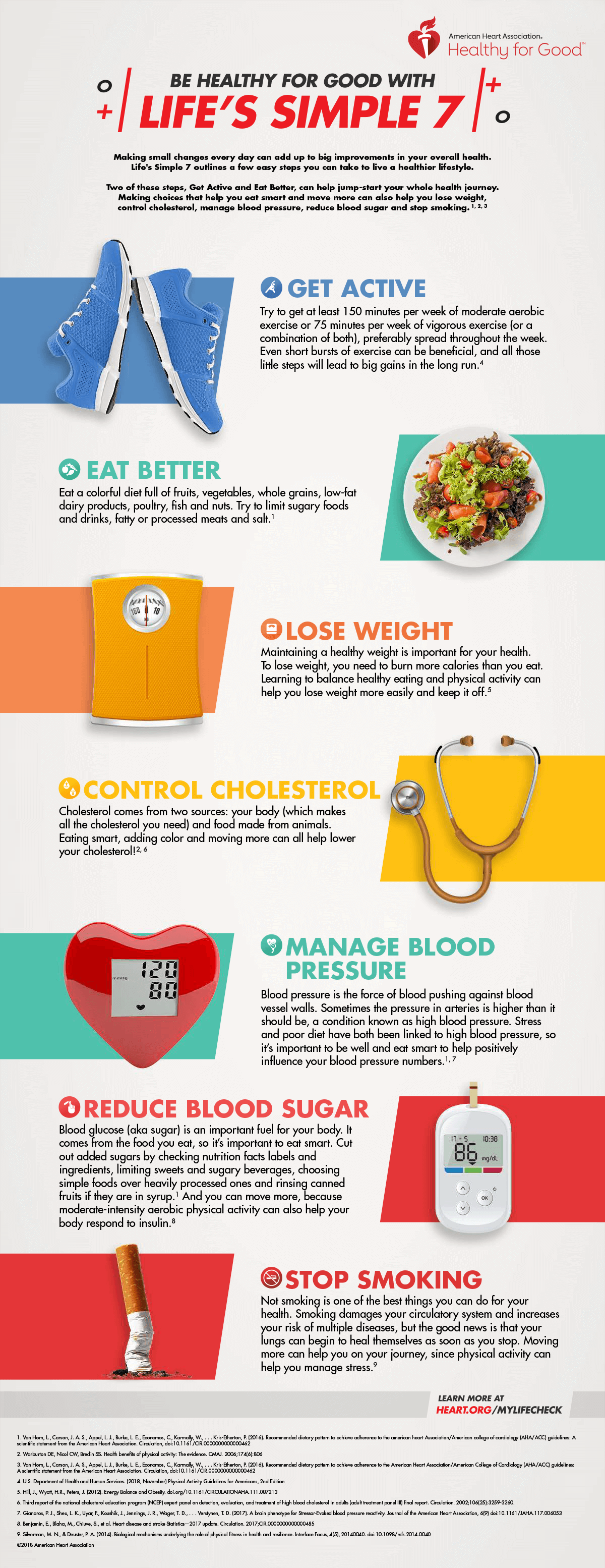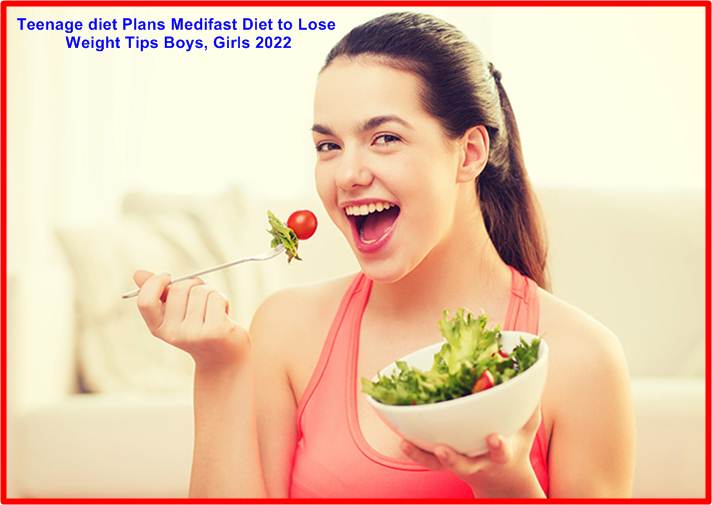
A "clean" diet does not include counting calories. Instead, it focuses on whole foods including lean proteins and complex carbohydrates as well as fresh fruits and veggies. The ideal meal plan consists of three small meals, two or three substantial snacks, and plenty of water. It is important to keep track and monitor how many calories you consume to eat clean. This is possible by tracking what foods you eat each week. It will be a surprise how quickly you can lose weight and feel amazing.
The diet eat healthy program offers sample meals plans. Tosca Reno, a mother of three, had become obese after having her first child. She was determined and desperate to lose weight. The diet program helped her lose 200 pounds, and she became a model. By following the meal plan, she was able to get into great shape and even get some modelling work.

To follow the diet of Eat Clean, you don't need a membership to a group or to attend meetings. Tosca Reno can provide books to help you get started. You can also find support through Facebook groups. It is important to note that a diet like this does not have specific weight loss goals, or a specific end date. Instead, you will be focused on eating small, fresh meals, and organic foods.
Saturated fats are prohibited in the eat clean plan. The plan prohibits refined grains and processed foods. The plan does not include alcohol. The Eat clean program does not exclude alcohol or refined grains. It also emphasizes foods high in fiber and complex carbohydrates as well as vitamins and minerals. While it does not encourage veganism but does promote a healthy lifestyle, it does not require you to be vegan. Experts recommend that you eliminate all animal products and replace them with plant-based foods. This is the best way for you to stay healthy and fit.
The benefits of eating clean are many. It will give you more control over your food and will eliminate cravings for unhealthy foods. You'll live a happier, healthier, more active life if you combine it with an active lifestyle. If you eat clean, you will feel better and lose weight. It will also make you healthier. You'll be free to spend your time on other important things like your family.

Clean eating is not a "diet"; it's a lifestyle. It's a way of eating. Most foods that are "eat-clean" are organically grown. However, some foods are heavily processed and highly processed. They are high in added sugar and low in nutritional value. This diet will help you shed weight and build muscle. This diet will also help you feel happier, healthier, and have more energy.
FAQ
How does an antibiotic work?
Antibiotics can be used to kill bacteria. Antibiotics are used to treat bacterial infections. There are many options for antibiotics. Some can be taken orally, others are injected and some are applied topically.
People who have been infected with certain germs may need antibiotics. For example, if someone has had chicken pox, he or she might take an oral antibiotic to prevent shingles later on. A penicillin injection might be given to prevent pneumonia in someone who has had strep.
Doctors should prescribe antibiotics to children. Side effects of antibiotics can be more dangerous for children than for adults.
Diarrhea, the most common side-effect of antibiotics, is probably diarrhea. Other side effects that could occur include nausea, vomiting and dizziness. Most of these symptoms disappear after the treatment is completed.
Why should we have a healthy lifestyle to begin with?
A healthy lifestyle will help us live longer and happier lives. A healthy diet, regular exercise, good sleep habits, and stress management will help prevent diseases like heart disease, diabetes, cancer, and stroke.
A healthy lifestyle will improve our mental well-being and help us deal better with everyday stressors. A healthy lifestyle will help us feel more confident and younger.
Is it possible to have a weak immune system due to being cold?
Cold causes a decrease in immune system strength. This is because white blood cells are less effective at fighting infection. You will feel less pain if you are cold.
How to measure your body fat
A Body Fat Analyzer can be used to measure body fat. These devices are used to measure body fat for people who want weight loss.
How do I get enough vitamins for my body?
Most of your daily vitamin requirements can be met by diet alone. Supplements may be necessary if you are not getting enough of a particular vitamin. A multivitamin supplement can provide all the vitamins you require. Or you can buy individual vitamins from your local drugstore.
Talk to your doctor to find out which foods are rich in vitamins. Some examples of rich sources of vitamins E and K include dark green leafy vegetables, such as spinach.
Ask your doctor for advice if you are unsure how much vitamin to take. He or she will recommend the appropriate dosage based on your medical history and current health status.
Do I need to count calories
It is possible to wonder "What diet is best for me?" or "is counting calories necessary?" The answer to this question depends on many factors, including your current health, your personal goals and preferences, as well as your overall lifestyle.
The Best Diet for me - Which One Is Right for You?
My personal health, goals and preferences as well as my lifestyle determine which diet is best for me. There are many good and bad diets. Some work well for certain people while others don't. What can I do to make the right choice? How do I make the right decision?
These are the main questions addressed by this article. The article starts by introducing the many types of diets currently available. Next, we'll discuss the pros and cons for each type of diet. Finally, we'll discuss which one is best.
Let's start by taking a look at the various types of diets.
Diet Types
There are three types of diets available: ketogenic, high-protein, and low fat. Let's discuss them briefly below.
Low Fat Diets
A low-fat diet reduces the amount of fats you eat. This is done by reducing your intake of saturated oils (butter, cream cheeses, etc.). They are replaced by unsaturated fats such as avocados, olive oil, and cream cheese. Low fat diets are often recommended to those who wish to lose weight quickly. This diet can cause problems such constipation as heartburn, indigestion, and even stomach pain. Vitamin deficiencies can also occur if the person doesn't get enough vitamins through their diet.
High Protein Diets
High protein diets reduce carbohydrates to favor of proteins. These diets usually have higher amounts of protein than other diets. These diets are designed to build muscle mass and help you burn more calories. However, they might not provide enough nutrition for those who need to eat frequently. Also, they tend to be very restrictive, so they aren't suitable for everyone.
Ketogenic Diets
Ketogenic diets are also known as keto diets. They are high on fat but low in carbs and proteins. They are typically used by athletes and bodybuilders because they allow them to train harder and longer without getting tired. To avoid side effects such as fatigue, nausea, headaches, or other unpleasant side effects, you must strictly adhere to their instructions.
Statistics
- WHO recommends reducing saturated fats to less than 10% of total energy intake; reducing trans-fats to less than 1% of total energy intake; and replacing both saturated fats and trans-fats to unsaturated fats. (who.int)
- In both adults and children, the intake of free sugars should be reduced to less than 10% of total energy intake. (who.int)
- According to the Physical Activity Guidelines for Americans, we should strive for at least 150 minutes of moderate intensity activity each week (54Trusted Source Smoking, harmful use of drugs, and alcohol abuse can all seriously negatively affect your health. (healthline.com)
- According to the 2020 Dietary Guidelines for Americans, a balanced diet high in fruits and vegetables, lean protein, low-fat dairy and whole grains is needed for optimal energy. (mayoclinichealthsystem.org)
External Links
How To
What does the "vitamins” word mean?
Vitamins are organic compounds that can be found in foods. Vitamins are essential for our bodies to absorb nutrients from the foods we eat. Vitamins cannot be made by the body; they must be taken from food.
Two types of vitamins exist: water-soluble vitamin and fat-soluble vitamin. Water-soluble vitamins dissolve in water easily. You can find vitamin C,B1 or thiamine, B2 or riboflavin and B3 or niacin, B3/niacin, B6/pyridoxine, folic Acid, biotin and pantothenic Acid as examples. Fat soluble vitamins are stored in the liver and fatty tissue. Vitamin D, E, K and A are some examples.
Vitamins are classified according their biological activity. There are eight main groups of vitamins.
-
A - vital for healthy growth.
-
C - vital for proper nerve function, and energy production.
-
D - Essential for healthy teeth and bones.
-
E - Required for good vision & reproduction
-
K - Required for healthy nerves and muscles.
-
P – vital for building strong bones.
-
Q - aids digestion and absorption of iron.
-
R is required for the production of red blood cells.
The recommended daily intake (RDA), of vitamins varies with age, gender and physical condition. The U.S. Food and Drug Administration (FDA) sets the RDA values.
For example, the RDA for vitamin A is 400 micrograms per dayfor adults 19 years or older. Pregnant mothers need 600 micrograms per days because it is vital for the development and growth of their baby. Children ages 1-8 require 900 micrograms per day. Infants under one year of age require 700 micrograms per day, but this amount decreases to 500 micrograms per day between 9 months and 12 months of age.
Children aged between 1-18 years require 800 micrograms of sugar per day, while overweight children need 1000 micrograms. Children who are underweight receive 1200 micrograms every day to meet their nutritional requirements.
Children 4-8 years old who have anemia must consume 2200 micrograms of Vitamin C daily.
2000 micrograms are required daily for good health in adults over 50. Breastfeeding or pregnant women require 3000 micrograms per daily due to higher nutrient demands.
Adults over 70 years of age need 1500 micrograms per day since they lose about 10% of their muscle mass each decade.
Women who are pregnant or lactating need more than the RDA. Pregnant women require 4000 micrograms daily during pregnancy, and 2500 micrograms every day after birth. Breastfeeding moms need 5000 micrograms each day when breastmilk production occurs.